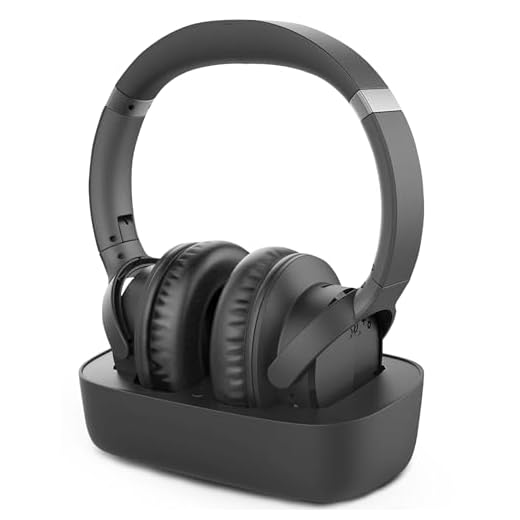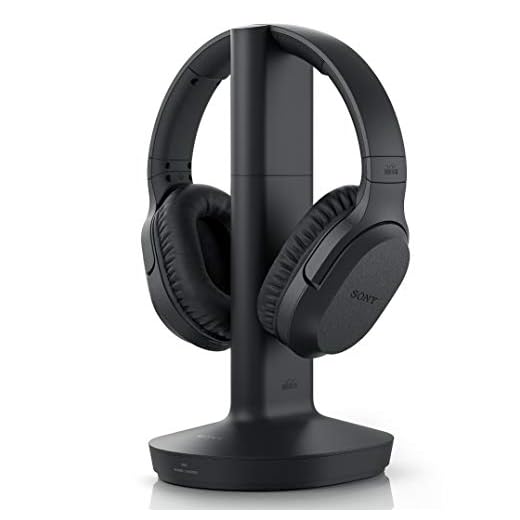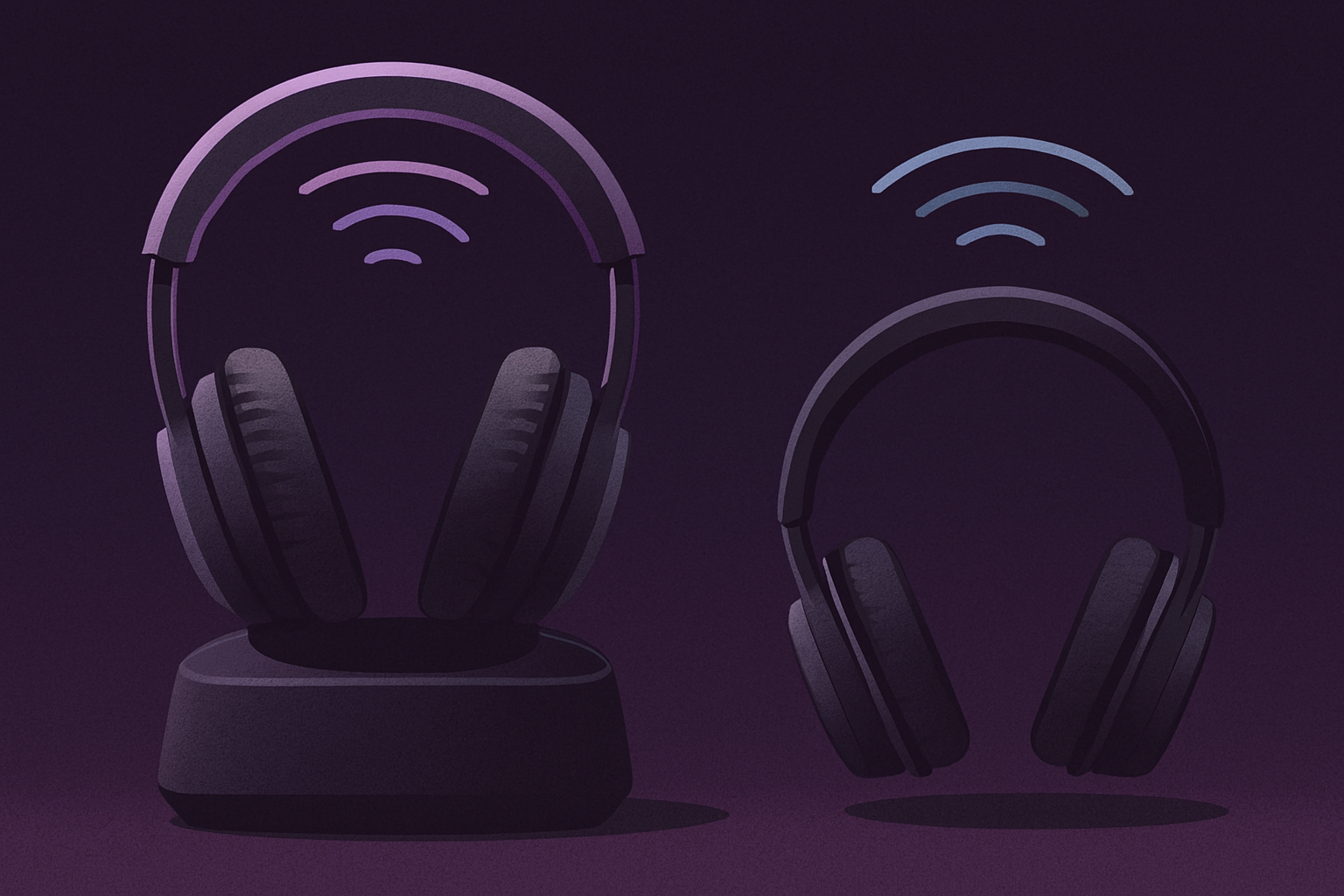In today’s wireless world, Bluetooth is the lingua franca of listening. It’s embedded in every phone, every laptop, every wearable. The ritual is universal: pair, play, move on. But beneath this seamless convenience lies a quiet compromise—one that most listeners never notice, and few ever question.
Meanwhile, RF headphones—once a staple of home audio—have faded into obscurity. They offer something Bluetooth has never achieved: lossless, full-bandwidth transmission. Yet they remain nearly unheard of in the portable audio conversation.
This is the paradox we begin with: the technology everyone uses is the one that quietly discards detail, while the one that preserves fidelity has been forgotten.
🔄 How Bluetooth Became the Default
Bluetooth didn’t win because it sounded better. It won because it was everywhere.
- Built-in radios: Every smartphone, tablet, and laptop ships with Bluetooth hardware. No extra gear required.
- Self-contained architecture: The phone itself acts as the transmitter. No base station, no cables.
- Marketing saturation: “Bluetooth” became synonymous with wireless. RF never got the spotlight.
Bluetooth’s triumph was infrastructural. It embedded itself into the very silicon of our devices, becoming the default—not because of fidelity, but because of convenience.
🎚️ The Codec Compromise
Every Bluetooth audio stream is compressed. That’s not a bug—it’s the design.
- SBC: The mandatory baseline codec. Universally supported, but lossy.
- AAC: Apple’s preferred codec. Efficient, but still discards information.
- aptX / aptX HD / aptX Adaptive: Qualcomm’s family of codecs. Each balances bandwidth, latency, and compression.
- LDAC: Sony’s high-resolution codec. Capable of higher bitrates, but still lossy.
No matter the codec, the principle is the same: Bluetooth audio is never lossless. It reshapes the waveform, discards data, and reconstructs an approximation.
For casual listening, this compromise is invisible. For critical listening, it’s a fidelity bottleneck—an invisible ceiling on sonic truth.
📡 RF: Fidelity Without Compression
RF headphones bypass this entirely. Their transmitter base station takes the analog signal and broadcasts it directly—no codec, no compression, no interpretation.
- Lossless analog transmission: The signal is carried in full, preserving every nuance.
- Long-range stability: RF often reaches 100 meters or more, with lower latency than Bluetooth.
- Dedicated architecture: The transmitter lives outside the phone, anchoring fidelity in physical infrastructure.
RF headphones don’t interpret the signal. They simply carry it. And in doing so, they preserve what Bluetooth discards.





🔍 The Fidelity Perspective
Bluetooth is the internalized solution: codec, radio, and convenience all live inside the phone. It thrives because it’s everywhere—but it carries its bottleneck within.
RF is the externalized solution: fidelity preserved by moving the transmission architecture outside the phone. It is nearly forgotten, but it represents a different philosophy of listening—one that refuses to discard detail.
As we begin this series, we stand at the threshold of a paradox: the world chose convenience, and in doing so, normalized compression. In the next part, we’ll turn to RF headphones themselves—the hidden gem that preserves fidelity, even if it never left the living room.

